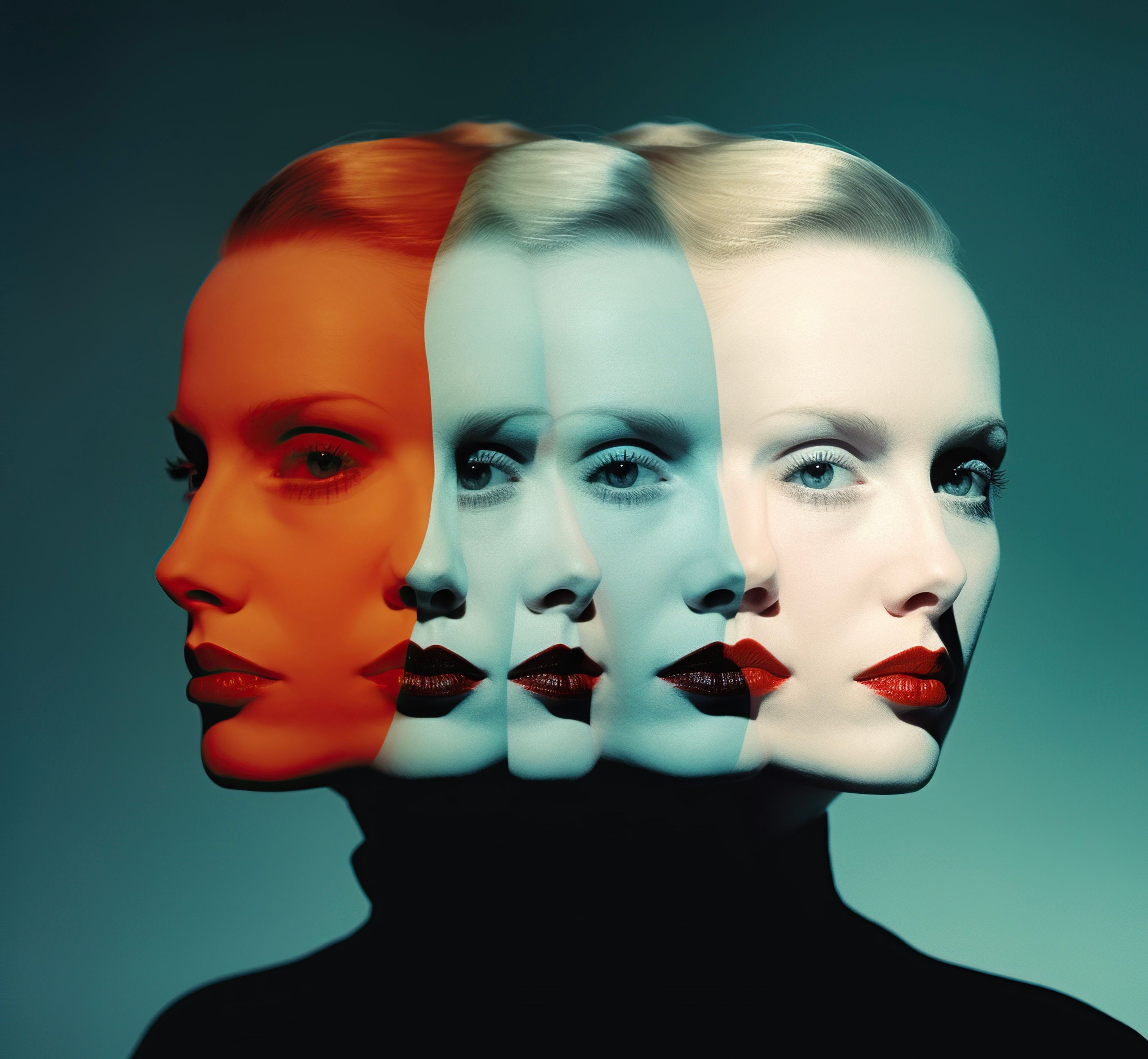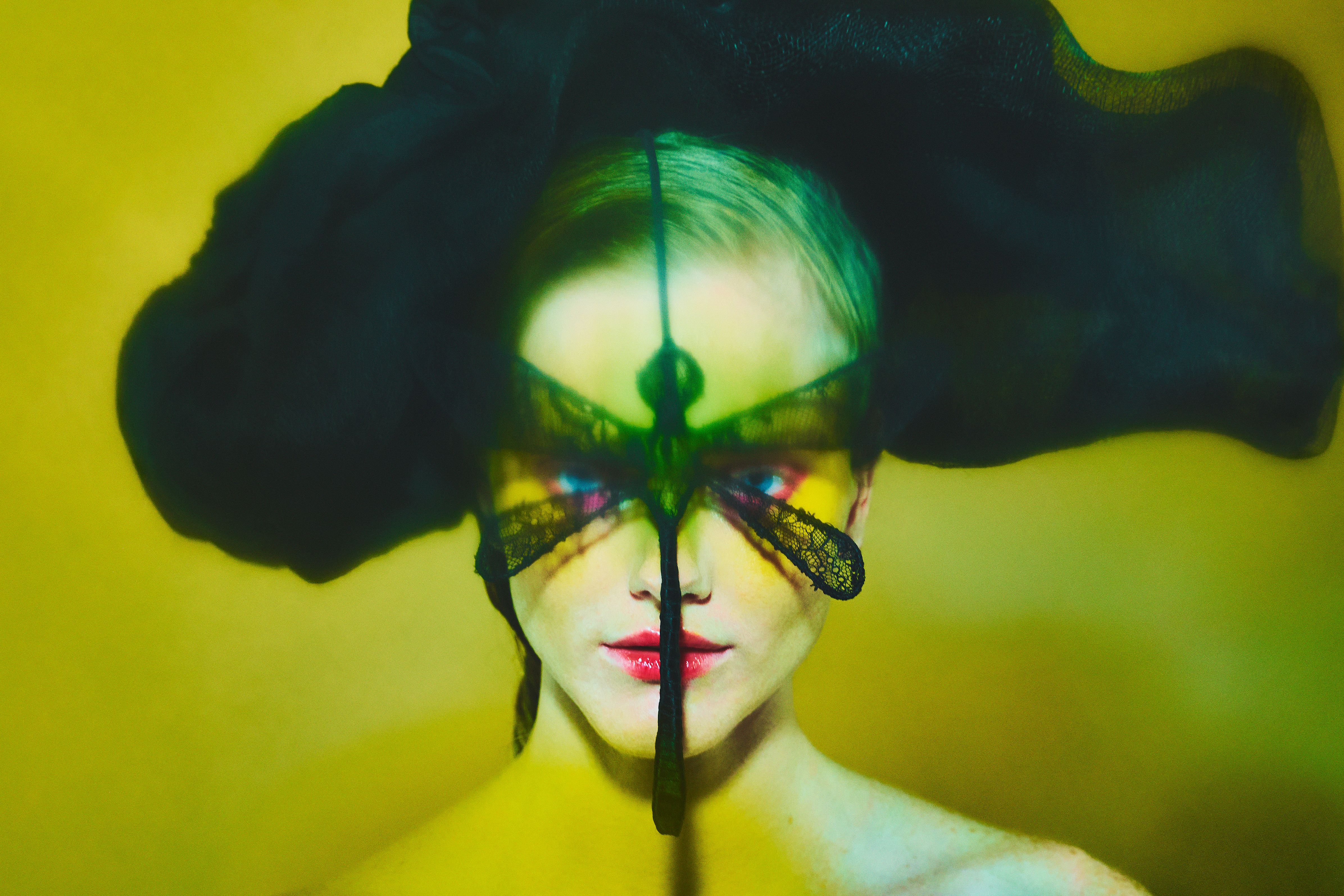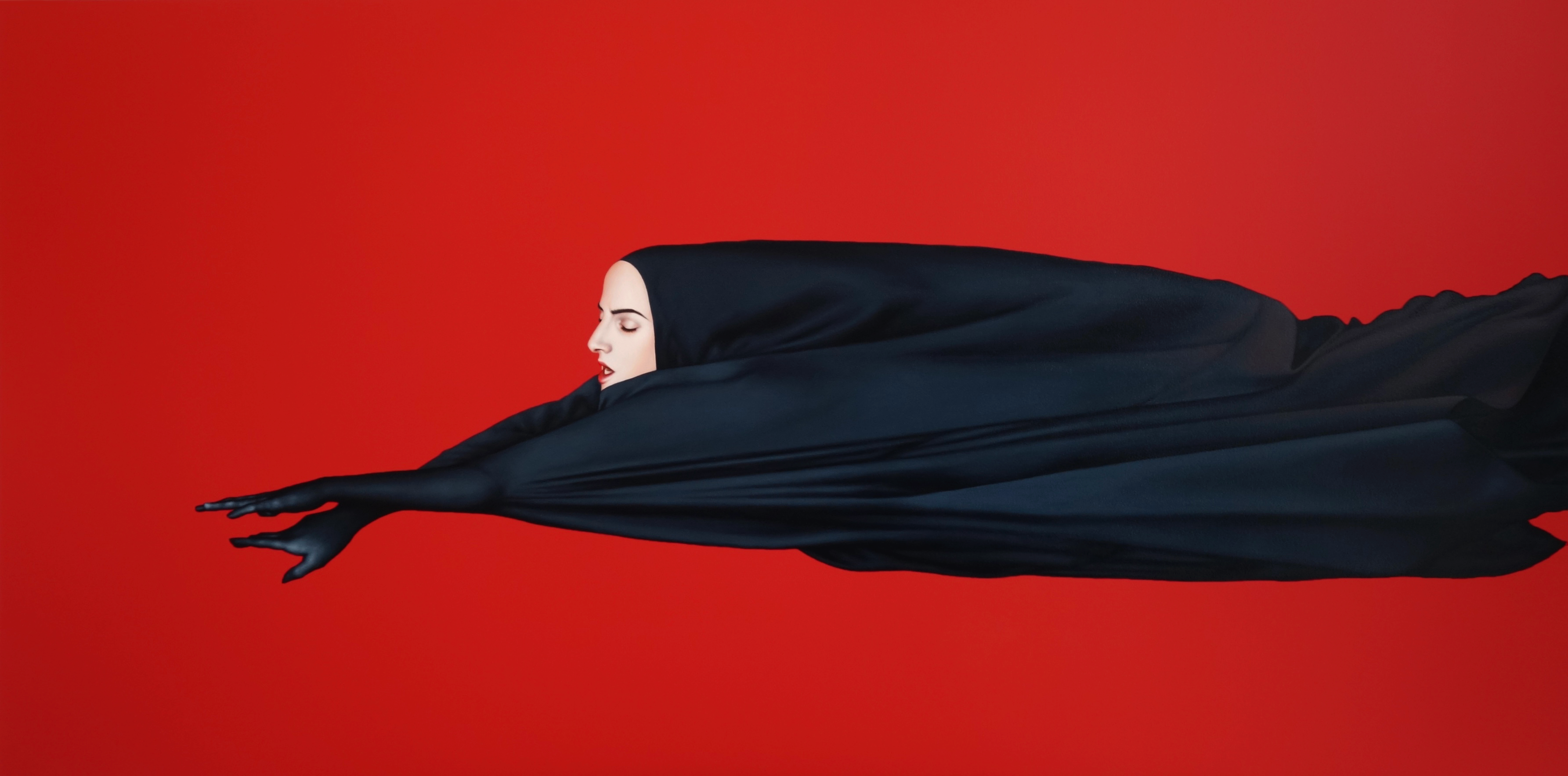For Matthieu Bourel, collage is not just a technique but a language to navigate time, memory, and identity. His work flows between analog and digital, gathering traces, errors and repetitions that become visual rhythm and layered narrative. Each image forms a passage: it reveals and conceals, draws in and unsettles, opening imaginative space for the viewer. For Bourel, authenticity is not a fixed point but an echo that returns, a resonance that endures even through transformation. In his collages, identity and memory break apart and reassemble, allowing chance to become a collaborator and the image, like a memory never lived, to remain open to new interpretations.
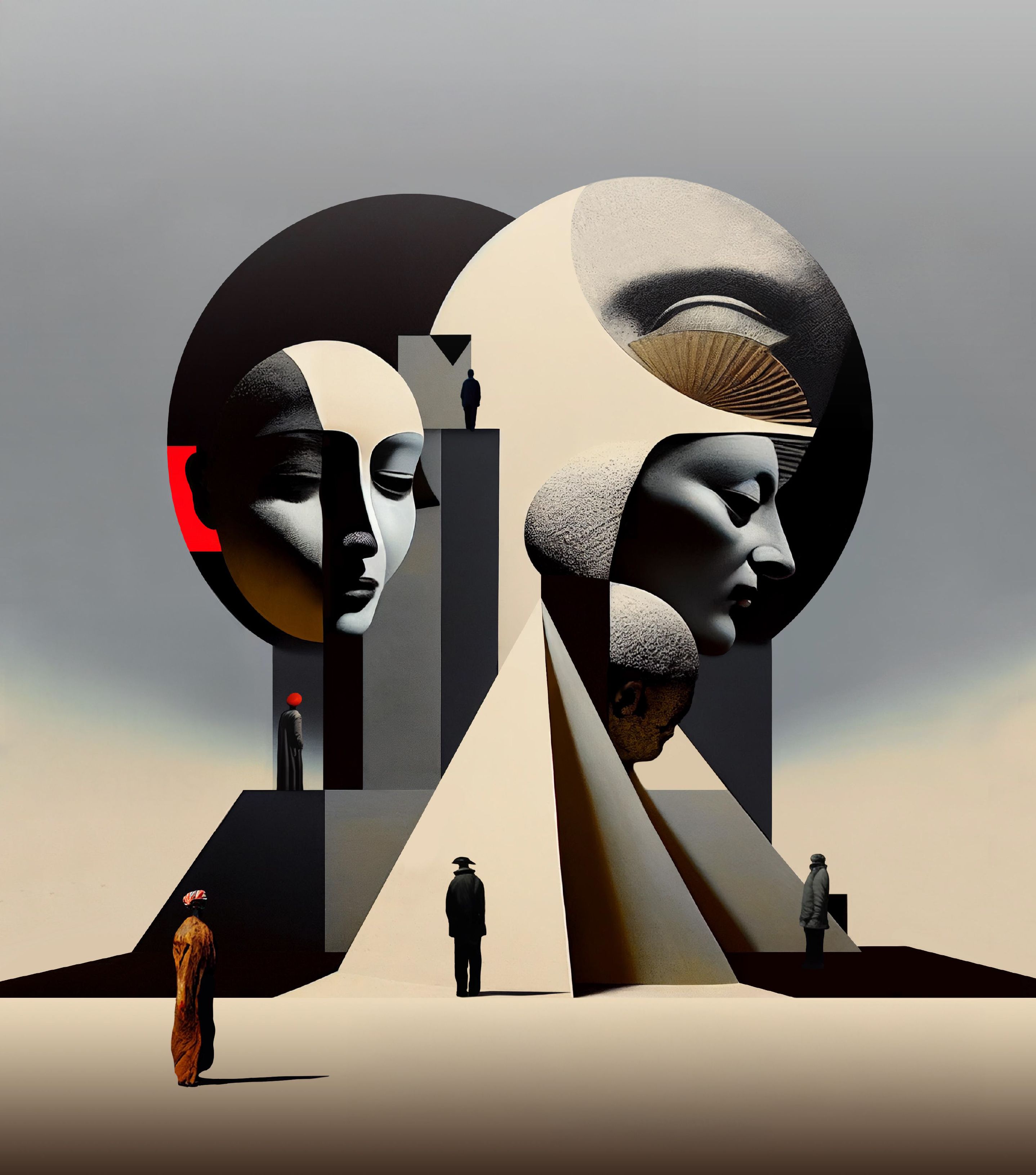
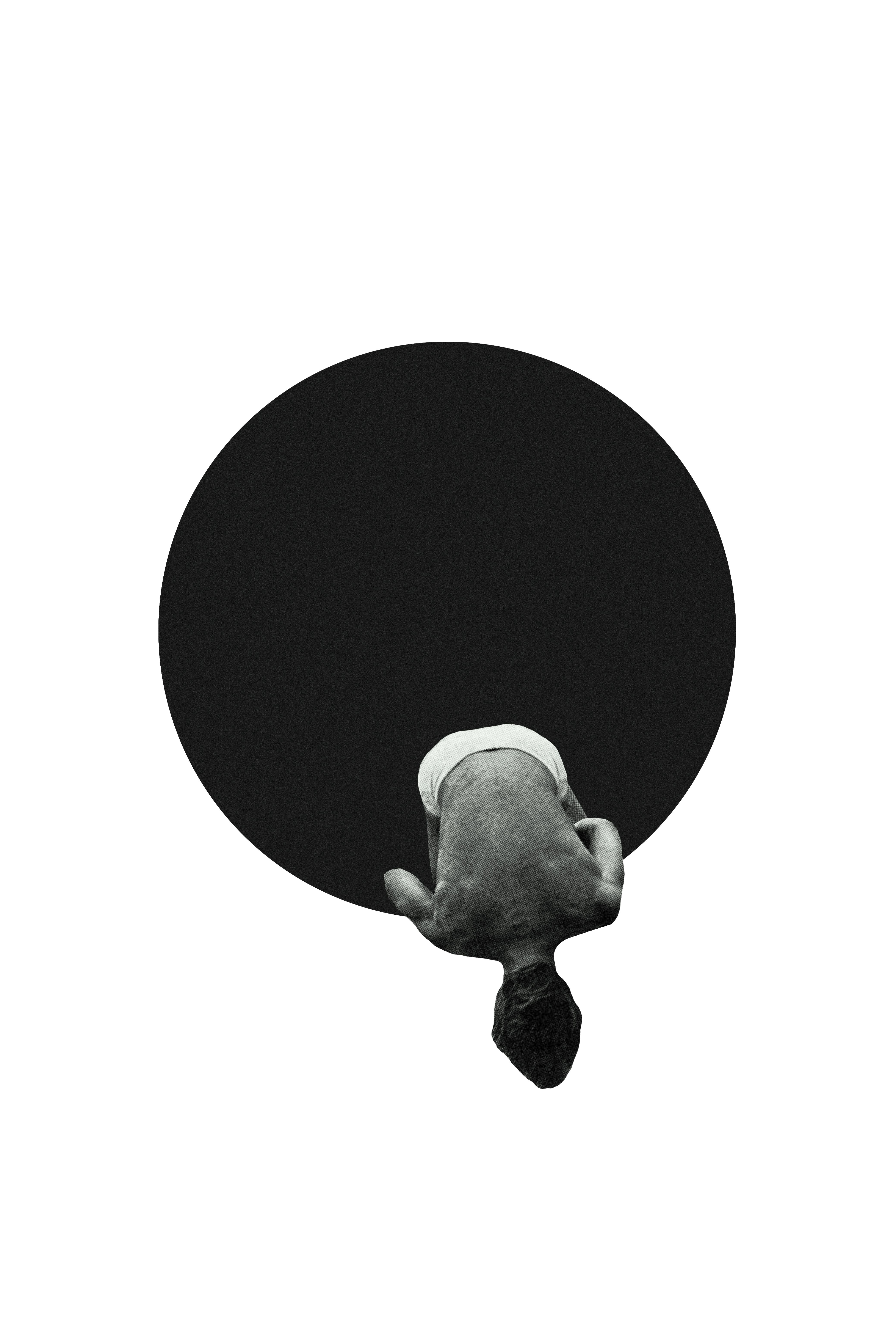
Your visual universe feels like a memory we’ve never lived, suspended between déjà vu and invention. You’ve described your work as “dataism.” What does this term mean to you, and how does it shape your approach to collage and image composition?
“Dataism” is a word I’ve started to use around the 2010s and still use playfully, maybe even ironically and it reflects this constant overflow of images, codes and traces we leave behind, consciously or not. I don't see myself as a data artist in the technological sense, but more like a digger through remnants of history, of memory, of what’s been scanned, archived, forgotten. Collage allows me to recompose these fragments, to give them a second life or a false one. It’s about shaping emotions from leftovers. About turning the algorithmic chaos into a personal mythology. I don’t analyze data, I haunt it.
Shot 16 explores the boundaries between reality and illusion, what is shown, what remains hidden, and what is masked. Your work is a continuous exercise in layering and omission. What interests you more: revealing or concealing?
Both, always. Revealing by concealing. Concealing to reveal. I think the power of collage lies in this ambiguity, in what’s erased, displaced, veiled. I’m less interested in showing something clearly than in creating a tension, a suggestion or a double reading. A face without eyes can sometimes say more than a fully lit portrait. We’re made of what we don’t say. To conceal is somehow to reveal it with better taste.
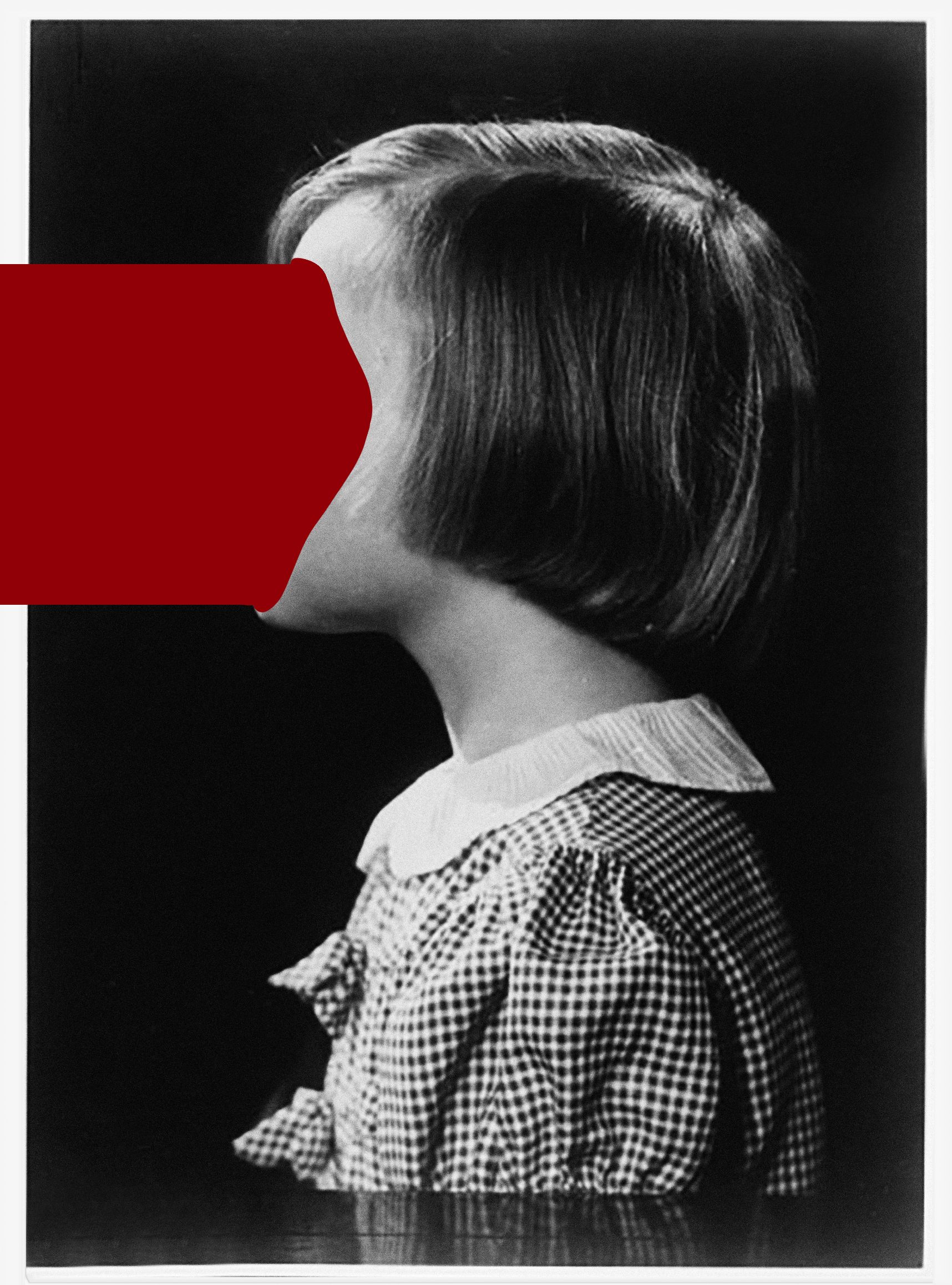
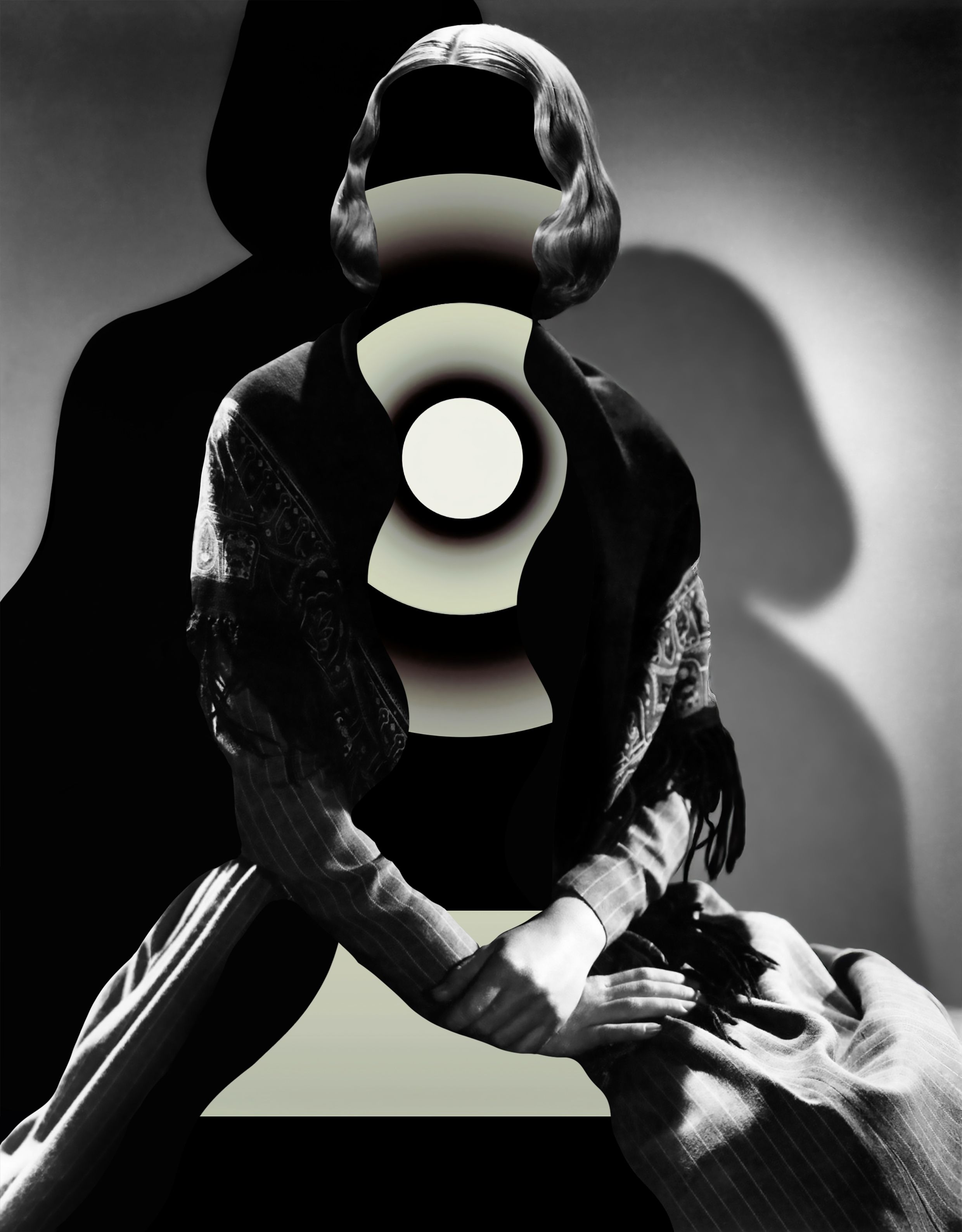
Your use of vintage imagery and archival materials gives your work a timeless, almost cinematic quality. What is your personal relationship with the past? Do you see it as a historical object or a pretext to rewrite the present?
The past is elastic. I never approach the past as something fixed. It’s a playground, but also a ghost. A visual loop that returns under new disguises. Using archival material is a way to question what we remember, how we remember, and who controls the narrative. I often think of the past as an unreliable narrator. By re-cutting and re-staging, I try to create a different kind of memory, one that doesn’t aim for truth, but for resonance.
In your work, identity seems to be constantly in flux with faceless bodies, altered portraits, obsessive repetition. Is collage for you merely a visual technique, or also a philosophical language to explore who we are?
Definitely both. Collage is a mirror with cracks. It allows me to question the very idea of a stable self, something I’ve never really believed in. We’re all recomposed over time, shaped by influence, repression, culture, trauma, love. The visual technique of collage mirrors that inner process — tearing, hiding, highlighting, repeating. Identity becomes a construction site, a negotiation, a moving surface.
From collecting historical archives to digital manipulation, your process spans across eras and mediums. How do you navigate the relationship between analog and digital? And how do these tools affect the narrative material of your work?
I was born in the analog world and grew up with the digital one. So for me, they coexist naturally, even if my instinct often leans toward the tactile: paper, glue, scissors. The digital brings another layer, a kind of ghost layer, more spectral. But I never let the tools dictate the work. The story comes first. Whether it’s a scratched photograph or a distorted pixel, it’s about finding the tone that makes the image resonate, like an unfinished sentence you want to complete. I never ask permission from the medium. I ask: “What can I get away with today?”
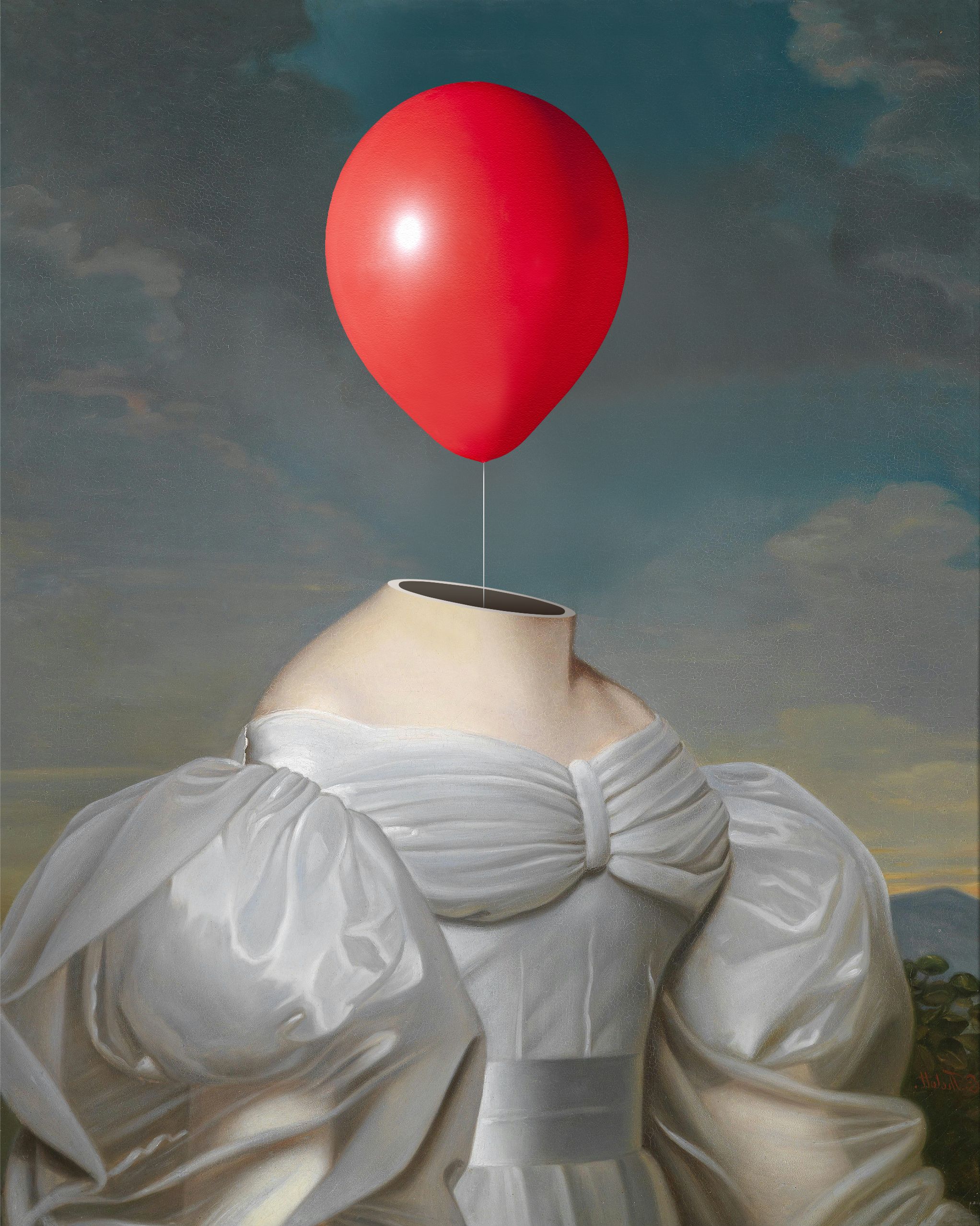
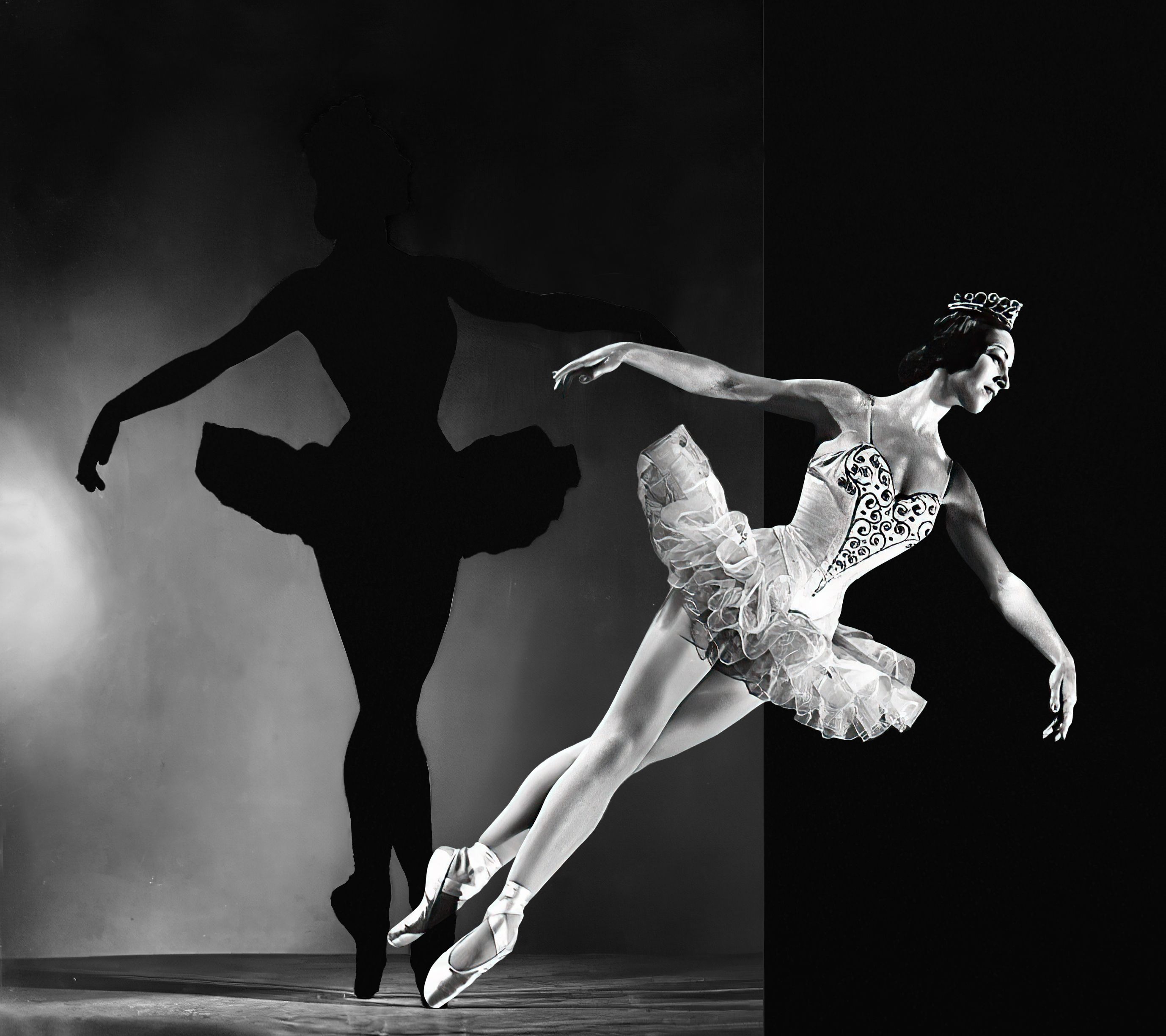
Your images hypnotize and unsettle, as if they reach into the viewer’s subconscious. Do you see your work as a psychological investigation? Are you trying to trigger something in those hidden areas of the mind?
Yes, they’re traps, mostly. I think of the subconscious as a collaborator. I often work without knowing exactly what I’m looking for. There’s a strange intuition that guides the composition, and sometimes I only understand the emotional weight of an image much later. I like when something feels familiar and wrong at the same time. I’m not trying to deliver a message. I’m trying to open a door. If the viewer steps into their own memory, or a dream, or a discomfort and says “I don’t know why, but…” that’s when it works. That’s the sweet spot between hypnosis and headache.
How much does chance influence your creative process? Do you let randomness guide you, or is it something you construct intentionally?
Chance is essential. It’s not just tolerated, it’s invited. I need the accident, the misplacement, the glitch in the system. But it’s not about letting go completely; it’s more like dancing with the unexpected. Sometimes the image tells me what it wants before I understand why. So yes, I construct, but around the holes, not over them. Intuition often knows more than intention. When I plan too much, the image dies. When I slip, it breathes.
You’ve mentioned that repetition in your work is sometimes a critique of social systems. Do you think we live trapped in visual and mental patterns that prevent us from truly seeing?
Absolutely. We’re bombarded with images, but very few of them actually ask us to see. Repetition in my work is both a reflection of that overload and a rupture from it. By repeating, distorting, multiplying — I want to create friction. A déjà vu that doesn’t soothe but unsettles. It’s a way to break the rhythm, to rewire perception. The real danger is not in being overwhelmed by images, but in becoming numb to them. Society loops, algorithms loop, trauma loops. So I try to loop louder.
If time is fluid, memory ever-changing, and identity a moving collage as your work suggests, what do you believe remains truly authentic within us? Does something like a “true self” still exist for you?
I don’t know if there’s a “true self,” but there are recurring echoes, things that come back no matter how much time passes or how much we change. Maybe authenticity is not a fixed core but a certain tone, a vibration that stays consistent even as the melody changes. I think my work is constantly circling around that trying to catch a glimpse of something that’s always shifting but never disappears completely. If we are collages, authenticity is not what's glued, but what keeps falling off.
